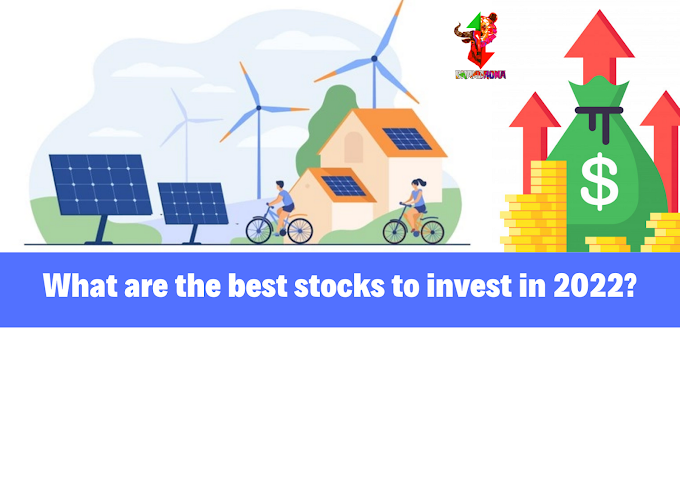Less than four months after the United States Department of Energy announced an investment up to $100 million in hydrogen production and fuel cell technologies research and development, India has announced a National Hydrogen Mission.
The proposal in the Budget will be followed up with a mission draft over the next couple of months — a roadmap for using hydrogen as an energy source, with specific focus on green hydrogen, dovetailing India’s growing renewable capacity with the hydrogen economy, government officials indicated.
In October, Delhi became the first Indian city to operate buses running on hydrogen spiked compressed natural gas (H-CNG) in a six-month pilot project. The buses will run on a new technology patented by Indian Oil Corp for producing H-CNG — 18 per cent hydrogen in CNG — directly from natural gas, without resorting to conventional blending.
Biswajyoti Mandal, CTO of component supplier Schaeffler India, said, “India is the largest hydrogen producer in the world.” Still, hydrogen primarily finds use in industrial applications, like petroleum refining, with the transportation sector in the country yet to leverage the alternative fuel. However, the Indian auto industry has started taking note of the potential of hydrogen fuel cell electric vehicles (FCEVs).
Why Hydrogen?
Hydrogen is a clean fuel that, when consumed in a fuel cell, produces only water. Hydrogen can be produced from a variety of domestic resources, such as natural gas, nuclear power, biomass, and renewable power like solar and wind. These qualities make it an attractive fuel option for transportation and electricity generation applications. It can be used in cars, in houses, for portable power, and in many more applications.
Hydrogen is an energy carrier that can be used to store, move, and deliver energy produced from other sources.
Today, hydrogen fuel can be produced through several methods. The most common methods today are natural gas reforming (a thermal process), and electrolysis. Other methods include solar-driven and biological processes.
How Fuel Cells Work?
Fuel cells work like batteries, but they do not run down or need recharging. They produce electricity and heat as long as fuel is supplied. A fuel cell consists of two electrodes—a negative electrode (or anode) and a positive electrode (or cathode)—sandwiched around an electrolyte. A fuel, such as hydrogen, is fed to the anode, and air is fed to the cathode. In a hydrogen fuel cell, a catalyst at the anode separates hydrogen molecules into protons and electrons, which take different paths to the cathode. The electrons go through an external circuit, creating a flow of electricity. The protons migrate through the electrolyte to the cathode, where they unite with oxygen and the electrons to produce water and heat.
Stocks to benefit:
India has already stepped in this field. Many industries and companies associated with green hydrogen will be involved in this. Some of the major names of which can be as follows in India –
1. Advanced Material companies such as Tata Groups.
2. Specialty Chemicals companies such as Tata Chemicals Ltd.
3. Fuel companies, especially renewable energy (green energy) companies such as Reliance Energy Ltd., Adani Power, NTPC, AcmeSolar, Greenko, Indian Oil Corporation Ltd.
4. Auto sectors such as Tata Motors, Mahindra & Mahindra








Social Plugin